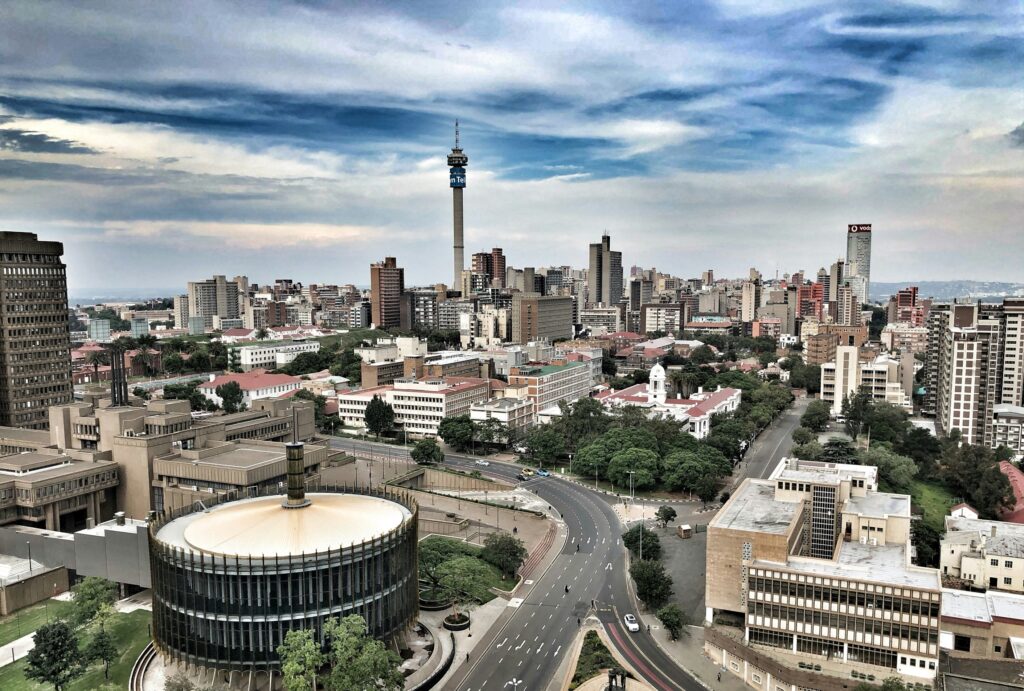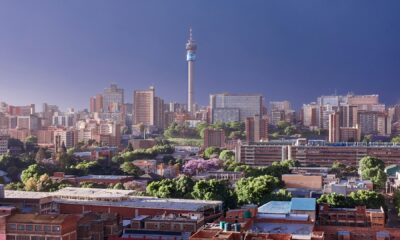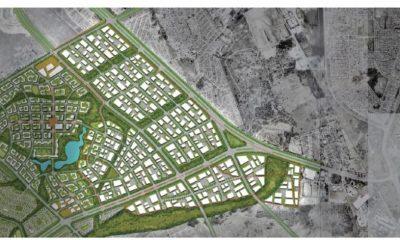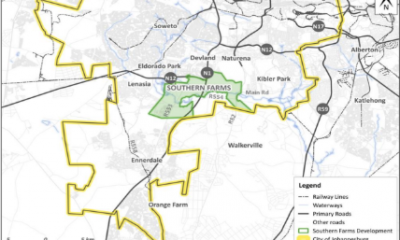411
Why More South Africans Are Returning to Gauteng: The Real Story Behind Reverse Semigration

After years of chasing the coastal dream, many South Africans are packing their bags — but not for Cape Town. They’re heading back to Gauteng. Rising living costs, spiking property prices, and job considerations are shifting the semigration narrative. According to the Wise Move 2025 Migration Report, the grass isn’t always greener in the Western Cape, and Gauteng is regaining its shine.
Cape Town’s Price Tag Is Too High for Many
For those who moved to Cape Town in search of better service delivery and lifestyle perks, the reality often hits harder than expected. From inflated grocery bills to soaring rent, many newcomers face sticker shock. One returnee, Dikeledi Matsaka, put it plainly: “A R35 phone charger in Joburg costs R60 in Cape Town.” That small difference tells a bigger story.
Gauteng: Affordable Housing, Better Work Prospects
Despite recording a net loss of residents in 2024, Gauteng remains the engine room of South Africa’s economy. It accounts for over 60% of internal provincial moves and still offers unmatched affordability. While the average home in the Western Cape hovers around R1.9 million, Gauteng prices remain closer to R1.3 million — stable since 2019.
For first-time buyers, suburbs like Soweto, Helderkruin, and Roodekrans provide entry-level homes starting from R450,000. Properties below R1.21 million are exempt from transfer duties — an added incentive for young families and investors alike.
Seeff Property Group reports that Gauteng’s property market is picking up after two sluggish years, thanks to easing interest rates and a renewed sense of opportunity.
What the Data Tells Us: Migration Is About Work, Not Fear
Wise Move’s data, collected from over 15,000 relocations in 2024, challenges long-standing myths. The number one reason for moving isn’t crime or politics — it’s work. In fact, 22.9% of relocations were job-related. Young professionals aged 25 to 44, especially women (57%), are driving the trend.
This paints a more hopeful picture: people aren’t running away from something — they’re moving toward opportunity.
The Coastal Allure Still Pulls — But It’s Not for Everyone
To be clear, the Western Cape isn’t losing all its shine. Around 71% of those who move to the province still choose Cape Town and its surrounds. However, only a small fraction head to smaller towns like George or the West Coast.
Those who do make that leap often find a better quality of life — but it comes at a cost. Rentals in towns like George have tripled, and some goods and services cost significantly more than in Gauteng.
Crystal Macdonald, a former Joburger who relocated to George, loves the peace and good municipal services. But even she cautions others: “I didn’t want people to know about my little heaven because they might rush here and change it.”
A Two-Way Street Between Joburg and Cape Town
Despite the perception of mass semigration to the coast, nearly half of all interprovincial moves happen between Gauteng and the Western Cape — in both directions. About 25% of those who once headed south are now heading back north. It’s a reminder that South Africa’s migration is dynamic, not one-directional.
Urbanisation Still Dominates
Remote work and lifestyle aspirations may tempt some toward smaller towns, but the majority still favour metro areas. Access to healthcare, education, jobs, and family support keeps cities like Johannesburg and Pretoria in high demand.
While stories of escaping the “rat race” abound, for most South Africans, economic reality still outweighs lifestyle fantasy.
What This Means for You
Whether you’re a first-time homebuyer, investor, or family weighing your next move, here’s what the data suggests:
-
Follow the jobs: Gauteng continues to offer more job opportunities and affordable housing, even as it loses residents on paper.
-
Budget wisely: While Cape Town may offer beautiful views and solid infrastructure, you’ll need a bigger wallet to make it work.
-
Semigration isn’t a mass movement: Most South Africans still move within metro areas, not to rural towns.
At its core, reverse semigration tells a story of economic pragmatism — not retreat. And in 2025, Gauteng may just be the smart move.
Ready to relocate or invest?
Keep your eyes on both the numbers and the neighbourhoods — because South Africa’s migration story is far from finished.
{Source: Daily Maverick}
Follow Joburg ETC on Facebook, Twitter , TikTok and Instagram
For more News in Johannesburg, visit joburgetc.com



























